What Are OLAP (Online Analytical Processing) Tools?
Smart Data Collective
JUNE 16, 2022
One of the most valuable tools available is OLAP. Using OLAP Tools Properly. Online analytical processing is a computer method that enables users to retrieve and query data rapidly and carefully in order to study it from a variety of angles. Several or more cubes are used to separate OLAP databases.

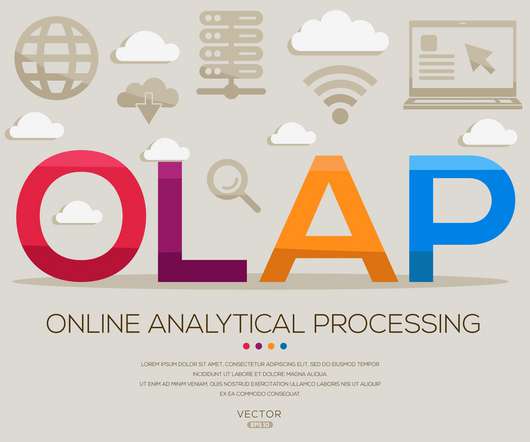



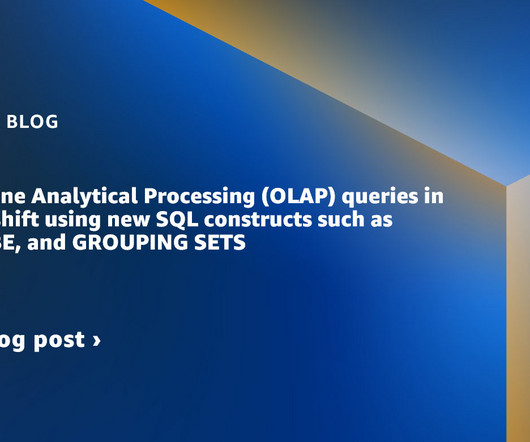

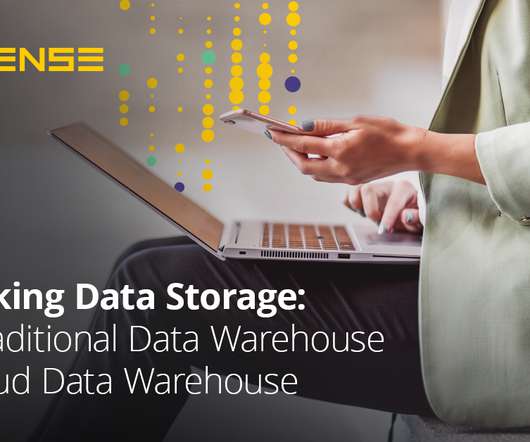


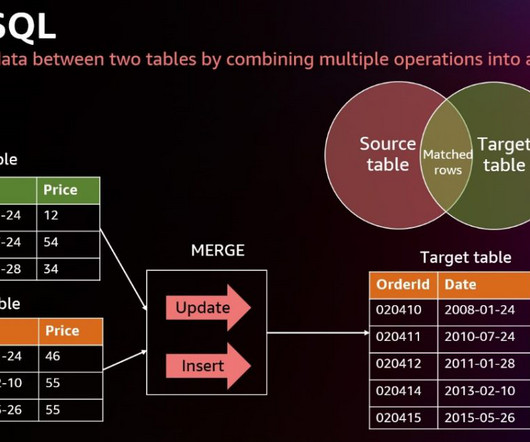
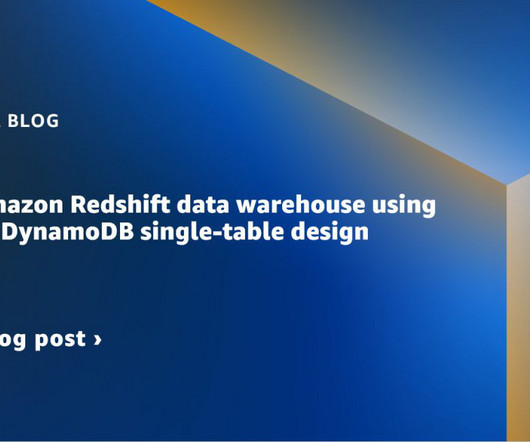









Let's personalize your content